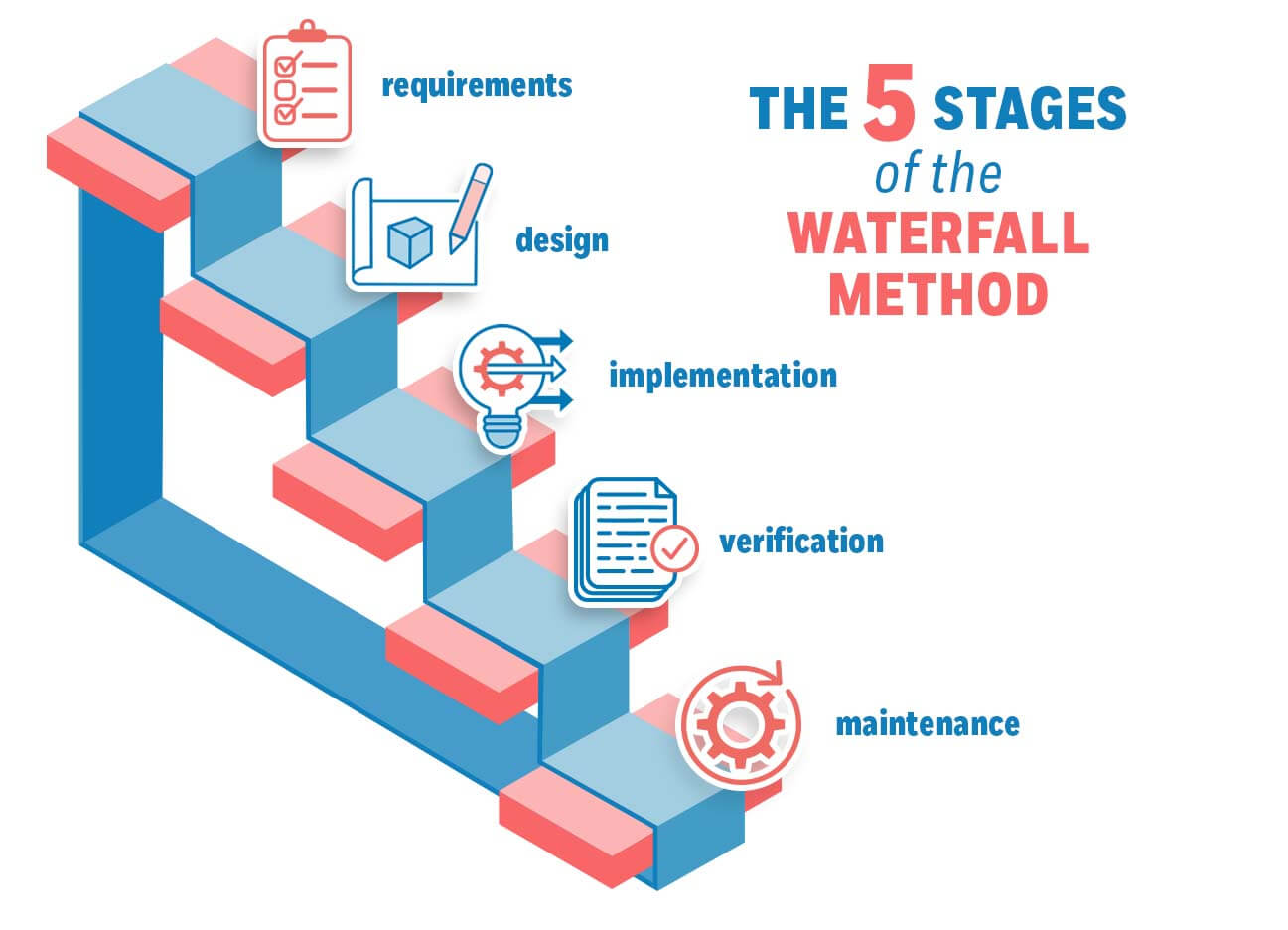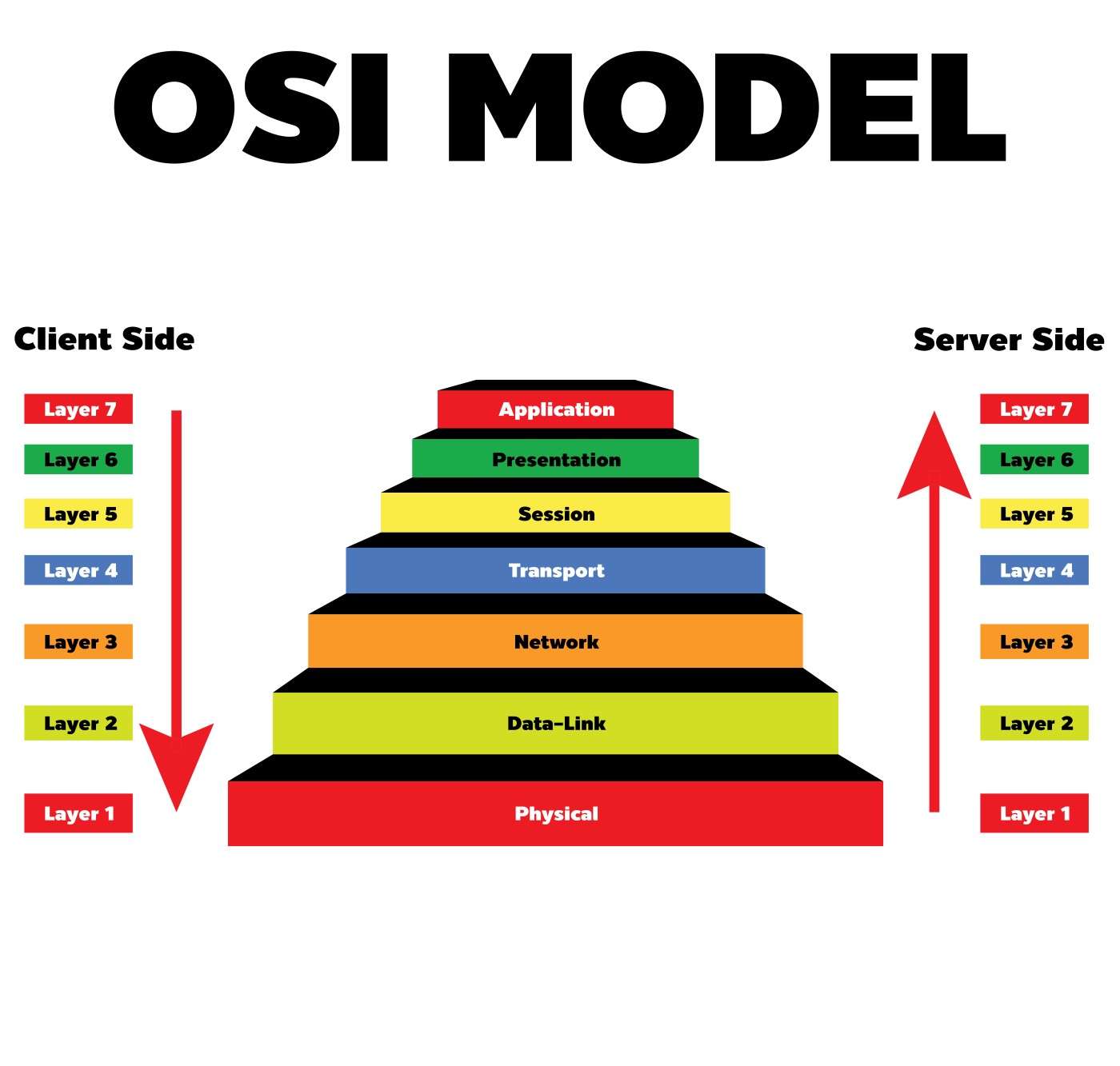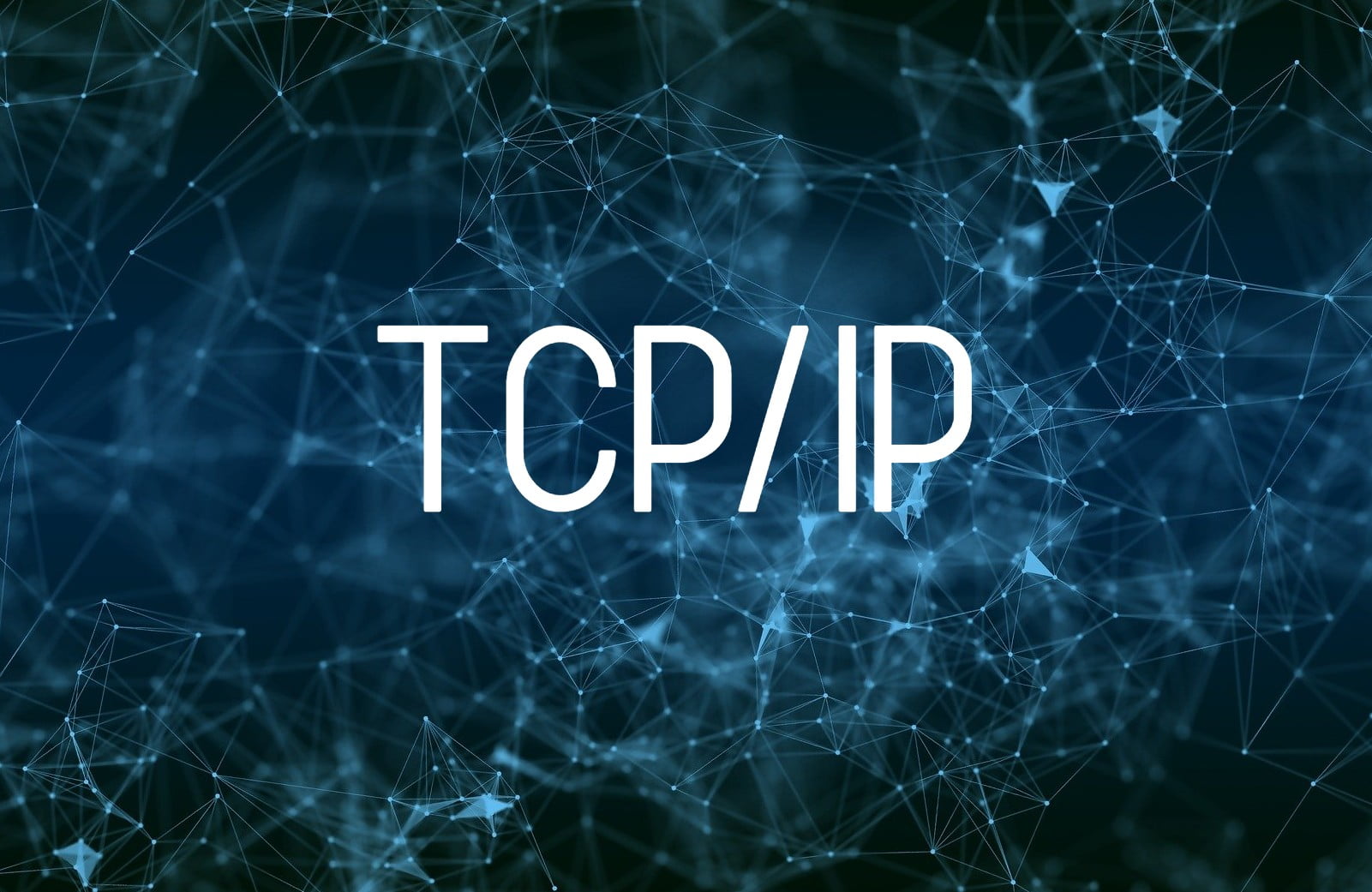The waterfall model in software development
Published

Introduction to the waterfall model: a traditional approach
The waterfall model is a classic approach to software development that has been used since the 1950s. It is considered one of the first structured methods for software development and follows a linear and sequential process in which each phase builds on the previous one. The name "waterfall" reflects the idea that the process progresses in stages, similar to the way water falls from one stage to the next in a waterfall.
The waterfall model generally consists of the following five main phases:
- Requirements analysis: In this phase, the requirements for the software are collected and documented. This includes the identification of user requirements, functions and performance features.
- System design: This is where the overall structure of the software is defined. This includes the definition of the architecture, interfaces and components of the application.
- Implementation: In this phase, the actual code is written and the software is developed. The implementation is based on the previously defined design.
- Testing: The developed software is tested extensively to ensure that it meets the requirements and functions without errors. This includes unit tests, integration tests and system tests.
- Maintenance and operation: After a successful test phase, the software is put into operation. Error corrections, updates and enhancements can be carried out to ensure that the software continues to work efficiently and reliably.
In the past, the waterfall model was often used in projects with clear and stable requirements, where changes during the development process were minimal. It provides a clear structure and a well-defined sequence of activities, which facilitates the planning and management of projects.
However, the waterfall model has lost popularity in recent years as it is less flexible and can be difficult to adapt to changing requirements and market conditions. This has led to the development of agile methodologies that emphasize continuous adaptation and collaboration. However, the waterfall model still remains relevant in some industries and projects and provides a solid framework for software development.
The five phases of the waterfall model in detail
The waterfall model divides the development process into five clearly defined phases, with each phase building on the previous one and fulfilling a specific purpose:
- Requirements analysis: This phase is the starting point of the project. This is where the requirements for the software are recorded in detail. This includes identifying the needs and expectations of the users, defining functions and performance features and creating a comprehensive requirements specification.
- System design: In this phase, the software architecture is designed. The design defines the structure of the application, the division into modules and components as well as the interfaces between them. Decisions on technologies and platforms to be used in the development process are also made here.
- Implementation: The implementation phase focuses on the actual development of the software. Based on the previously defined designs, the program code is written and the individual components are created. This is an extensive technical phase in which the developers translate the requirements into functioning code.
- Testing: This is where the developed software is tested in detail to ensure that it meets the requirements and works without errors. The testing process comprises various levels, including unit tests, in which individual modules are checked, integration tests to ensure that the components work together smoothly, and finally system tests to check the overall functionality.
- Maintenance and operation: After a successful test phase, the software is put into operation. This phase includes the installation of the software in the production environment and ongoing maintenance and updates. Error corrections, updates and enhancements can be carried out to ensure that the software fulfills its purpose efficiently and reliably.
The sequential nature of the waterfall model means that each phase must be completed before the next begins. This provides clear milestones and enables effective planning and control of projects. However, the model can be less flexible if requirements change during the development process, and it requires careful requirements analysis at the start of the project to be successful.
Advantages and disadvantages of the waterfall model: Is it still up to date?
The waterfall model has its own advantages and disadvantages, which must be carefully weighed up to determine whether it is still appropriate in a particular software development situation. Advantages of the waterfall model:
- Clear structure: The waterfall model provides a clear and well-defined structure that facilitates planning and project progression. Each phase has its own clear milestones and objectives.
- Documentation: As each phase in the waterfall model must be completed before the next, comprehensive documentation is created. This can improve the traceability and maintainability of the software.
- Management: The waterfall model is well suited to projects with stable requirements where changes during the development process should be minimized. This enables effective resource and time planning.
Disadvantages of the waterfall model:
- Little flexibility: The waterfall model is less flexible in the event of changing requirements or unexpected problems. It can be difficult to make changes once a phase has been completed.
- Slow with feedback: As user feedback is often only incorporated in later phases of the development process, it can take a long time before any problems are identified and rectified.
- Risk of incorrect requirements analysis: If the requirements analysis is not carried out thoroughly or the requirements change during the course of the project, the waterfall model can be inefficient and lead to errors.
The question of whether the waterfall model is still up to date depends on the specific requirements and the nature of the software development project. In agile environments, where requirements change frequently, flexible methods may be more suitable. Nevertheless, the waterfall model remains a valid option in projects with stable and well-understood requirements and can be used successfully if the phases are carefully planned and executed.
Alternatives to the waterfall model: agile and hybrid approaches
In response to the challenges of the waterfall model, alternative methods of software development have emerged that are more flexible and adaptable. Two of the best-known approaches are agile methods and hybrid models. Agile methods: Agile methods, such as Scrum, Kanban and Extreme Programming (XP), have become increasingly popular in recent years. The main approach of agile is to divide the development process into short iterations or sprints, typically lasting two to four weeks. During each iteration, a working piece of software is created, which is immediately tested and reviewed by stakeholders. This enables continuous adaptation to changing requirements and rapid feedback. Agile teams work closely together and emphasize communication and collaboration. Hybrid models: Hybrid models combine elements of the waterfall and agile approaches in order to utilize the advantages of both worlds. For example, a project can go through the planning and design phases according to the waterfall model and then transition to agile sprints to make implementation and testing more flexible. This makes it possible to maintain the clear structures and thorough planning of the waterfall model while integrating agile principles such as rapid adaptation and customer feedback. The choice between waterfall, agile or hybrid approaches depends on various factors, including the nature of the project, the requirements, the availability of resources and the preferences of the development team. In today's dynamic software development world, many organizations have opted for agile or hybrid approaches in order to be able to react more flexibly to changes. Nevertheless, the waterfall model remains a valid option in certain industries and projects, especially when requirements are stable and careful planning is required.








